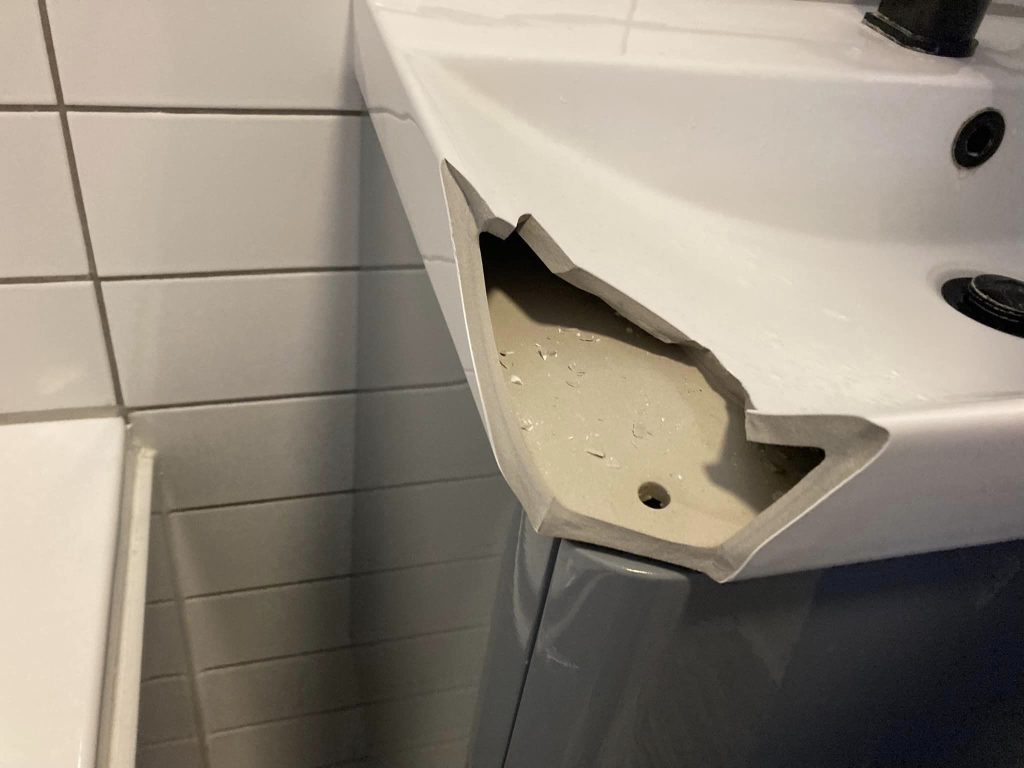As popular as period properties may be with purchasers across both the commercial and private residential sectors, trying to preserve or repair the various architectural enrichments – such as cornices – that define their interior and exterior elevations remains a real challenge; though it is one where Plastic Surgeon is uniquely qualified to assist.
The term cornice dates back to the 16th century, though it is thought to derive from the Greek word koronis, or coping stone, and is most commonly applied to the plaster decoration that runs around rooms, beneath the edge of the ceiling. Depending on the grandeur and expense of a property, cornices may vary from a relatively plain profile, to incredibly elaborate designs incorporating representations of fruit, flowers and heraldic devices, often subtended by rectangular dentil courses. And outside the building you can find similar decorations run around the roofline or the edge of some entablature, but formed from stone or stucco, rather than plaster.
What all of these embellishments have in common, unfortunately, is a level of frailty that often sees their sharp edges and other prominences broken off; either by accidental damage or natural degradation, including freeze/thaw action. Which is why property owners wanting to protect their investment, or comply with conservation requirements, are increasingly calling on the services of the Plastic Surgeon, to help preserve such details.
Finishers from our regional teams are experienced in dealing with such damage as chips, cracks, flaking and even replacing extensive sections which may have broken away.
Whereas plaster cornices were once run along the wall by an artisan using such strange contraptions as the ‘horse and slipper’, our Finishers are equipped with an array of hand and power tools as well as rapid repair materials which enable them to rebuild the original profiles. Then when they are rebuilt and rubbed down to a suitable level of smoothness, the Finishers employ their training in mixing pigments by eye to exactly match the colours of the surrounding work.
Externally, a blend of different sands, pigments and cement – possibly supplemented by Plastic Surgeon’s special rendering system – will achieve the same results.






